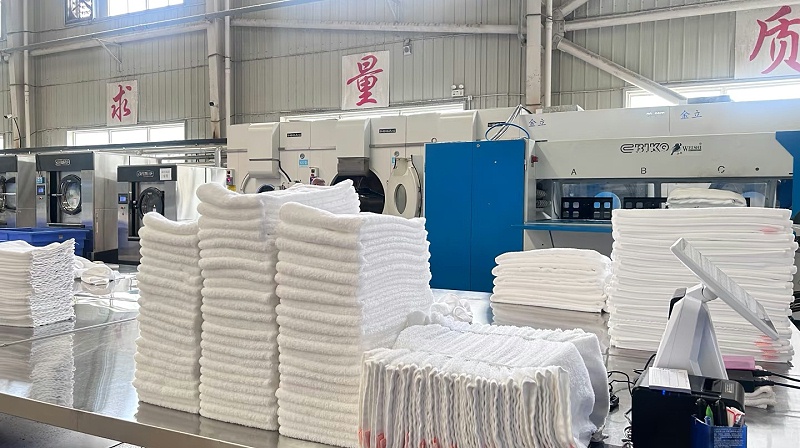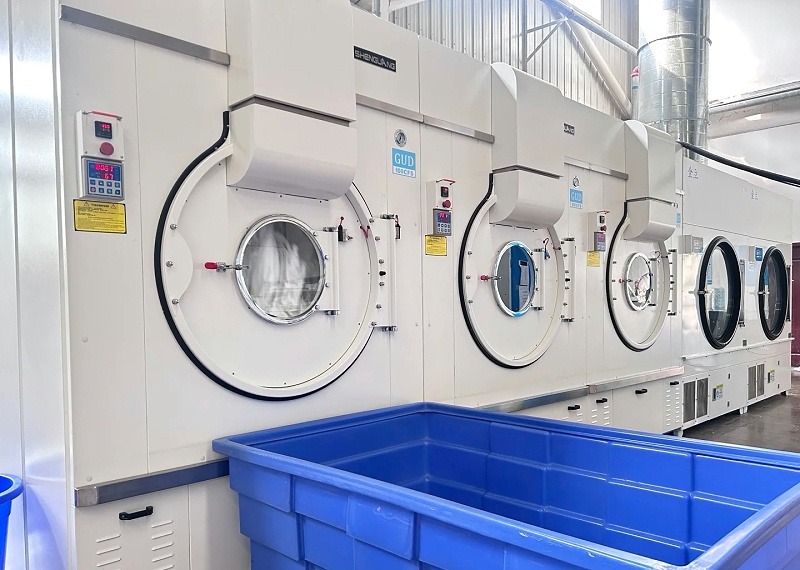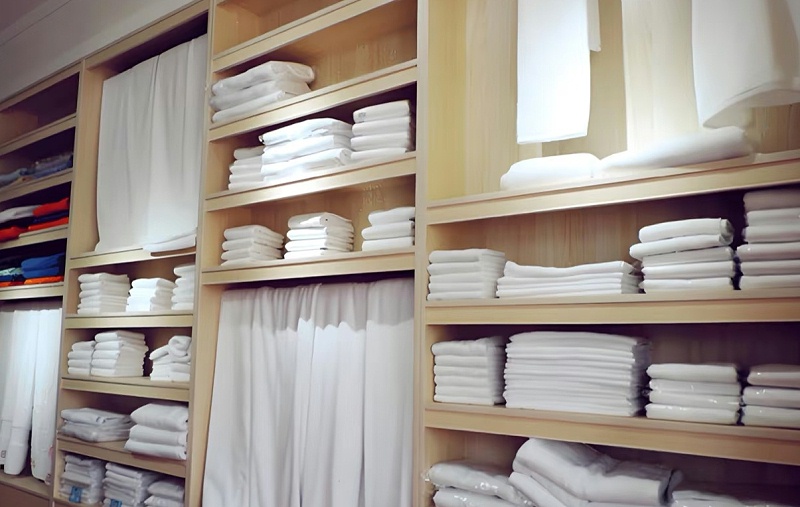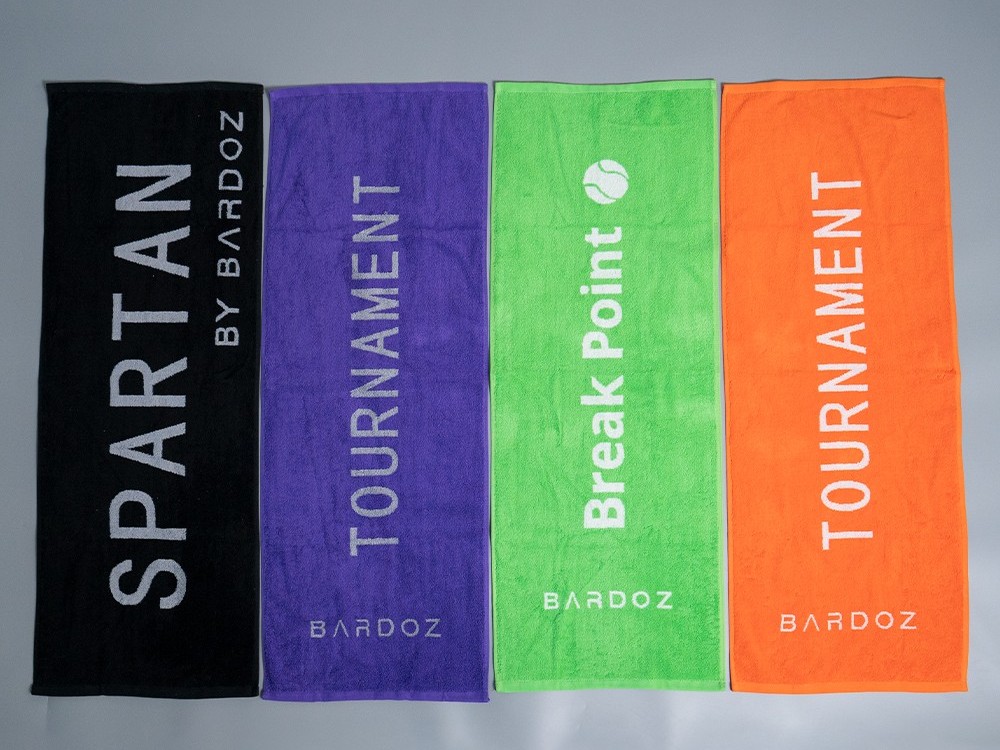Hotel linen, as a core component of room service, directly affects guests' stay experience and the hotel's brand reputation. A set of clean and soft bedding can provide a reassuring and comfortable resting environment for guests who have been on the go all day. Therefore, strictly controll......
Hotel linen, as a core component of room service, directly affects guests' stay experience and the hotel's brand reputation. A set of clean and soft bedding can provide a reassuring and comfortable resting environment for guests who have been on the go all day. Therefore, strictly controlling the cleaning and storage of bedding is a key measure for hotels to ensure service quality. Among them, the rinsing and washing of new linen after purchase and the scientific storage after daily use are the core steps to maintain the quality of linen and extend its service life. The following will break down the specific operation norms and precautions in detail.
1. Water washing of new linen: Laying the foundation for cleanliness and comfort
New linen purchased cannot be used directly. It needs to undergo proper rinsing and washing, which is consistent with the logic that clothes purchased in daily life need to be washed before wearing. This can not only remove the residual dust and fabric treatment agents from the production process, but also allow the linen fibers to fully stretch, improving the softness for subsequent use, and at the same time lay a good foundation for long-term washing and finishing. The following details should be noted for specific operations:
(1) Preparations before washing
Before washing, be sure to remove the decorative accessories on the linen, such as embroidered patches, fabric lace, metal buckles, etc. These decorative items come in a variety of materials. Some may not be heat-resistant or prone to peeling off during washing. If washed together with linen, they may not only damage the decoration itself but also scratch the fabric of the linen, affecting the integrity of the linen's appearance.

(2) Precisely control the washing water temperature
Water temperature is a key factor affecting the washing effect of new linen and should be set differently according to the color of the linen and the characteristics of the fabric.
Pure white cotton linen: The water temperature should be controlled below 50℃. Cotton fabric has relatively weak heat resistance. If the water temperature exceeds 50℃, the fibers are prone to shrinkage and hardening due to heat, causing obvious wrinkles on the linen. This not only affects its appearance but also increases the difficulty of subsequent ironing.
Pure white with colorful striped linen: The water temperature must be strictly controlled below 37℃. The color fastness of the colored stripes is relatively low. Excessively high water temperature can easily cause the pigment to dissolve, resulting in color bleeding and fading problems, which in turn contaminate the white areas and damage the overall whiteness and visual texture of the linen.
(3) Other core points to note
Dealing with the phenomenon of floating fibers: When all new linen is washed for the first time, there may be a slight floating fiber on the surface. This is a short fiber residue from the fabric production process and is a normal phenomenon. There is no need to worry too much. As the number of washes increases, the fluff will gradually fall off and the surface of the linen will become increasingly smooth.
Avoid mixing new and old linen: New linen and old linen must not be washed together. Old linen may retain stains, bacteria or detergent residues during long-term use. If washed together with new linen, it is easy to cause cross-contamination. At the same time, the fiber strength of new and old linen is different. Mixed washing may cause the new linen to wear out more quickly, affecting its service life.
Thoroughly rinse and wring out: During the rinsing stage, it is necessary to ensure that the linen is thoroughly rinsed with water to completely remove any residual detergents, fabric softeners and other chemical agents from the washing process. After each rinse, the linen should be wrung out (you can use the spin-drying function of the washing machine) to reduce the residual water. This not only enhances the cleanliness of the linen but also prevents the long-term adhesion of chemical agents from causing corrosion to the fabric.

2. Scientific Storage of Linen: Safeguarding Quality and Extending Lifespan
The storage of linen is directly related to the stability of its quality during storage. If not handled properly, problems such as yellowing, mold growth, and damage may occur. Therefore, the following norms must be followed
(1) Ensure complete dryness
Before storing linen, it must be ironed or dried to ensure its dryness reaches 100% (in daily use, keeping the dryness of linen at around 80% is sufficient). If the linen is damp, it should be stored. A humid environment can breed mold, causing the linen to develop mold spots and turn yellow. At the same time, it may also produce an unpleasant smell, affecting the subsequent usage experience.
(2) Do a good job in classified management
New and old classification: Clearly distinguish between new and old linen and store them in different areas to avoid confusion. New linen should be stored separately in a dry and clean storage space to prevent contamination by old linen. Old linen needs to be further classified according to the frequency of use and the degree of damage.
Damage classification: Make a detailed distinction of the damage conditions of old linen, dividing it into "natural damage" (such as fiber aging and edge wear caused by long-term use) and "abnormal damage" (such as tearing and staining caused by guests' misuse or improper cleaning), to facilitate subsequent targeted handling (such as repair or scrapping).
Differentiated dehydration: There is a difference in fiber strength between new and old linen. The dehydration time needs to be adjusted - the fiber strength of new linen is higher, so the dehydration time can be appropriately extended. The fibers of the old linen have aged to a certain extent. The dehydration time needs to be shortened to avoid excessive dehydration, which may lead to fiber breakage and further damage.

(3) Avoid chemical contact
In the storage space for linen, it is strictly prohibited to place strong acidic or corrosive chemicals (such as hydrochloric acid, bleach, disinfectants, etc.), and cotton linen must not come into direct contact with such chemicals. Strong acidic or corrosive substances can undergo chemical reactions with cotton fibers, causing the fabric to discolor, become brittle and break, which seriously affects the performance and lifespan of the linen.
(4) Pay attention to conveying protection
During the transportation of guest room linen (such as from the washing room to the storage room and from the storage room to the guest room), handle it with care to avoid dragging, squeezing or colliding. On the one hand, it can prevent the linen from coming into contact with the ground, walls, etc. and causing secondary pollution. On the other hand, it can prevent the linen from being caught by sharp objects during transportation, which could cause accidental tearing and reduce unnecessary losses.
The standardized water washing and scientific storage of hotel linens are important links to ensure guest experience and reduce operating costs. Only by strictly following the above operation standards can the linen always maintain a clean and soft quality, adding points to the hotel's service reputation.

Towel Brand:Dream Princess Material:Pure cotton Size:customizable Process:embroidery Features:Quick drying, soft and durable

Towel Brand:Dream Princess Material:Pure cotton Size:customizable Process:embroidery Features:Quick drying, soft and durable

Towel Brand:Dream Princess Material:Pure cotton Size:customizable Process:embroidery Features:Quick drying, soft and durable